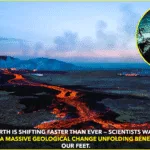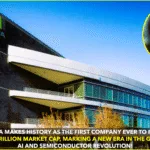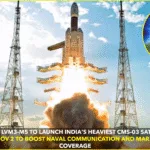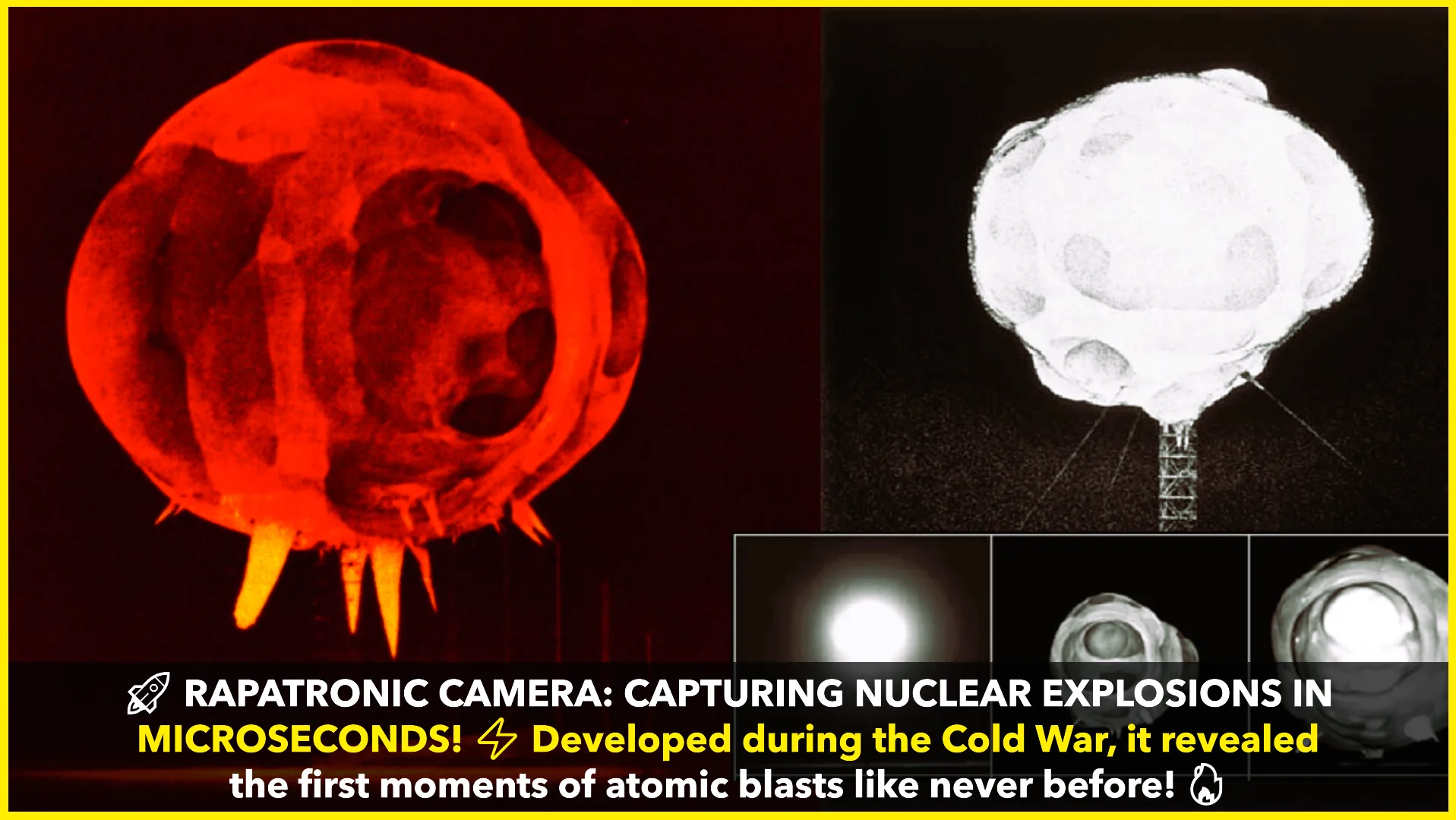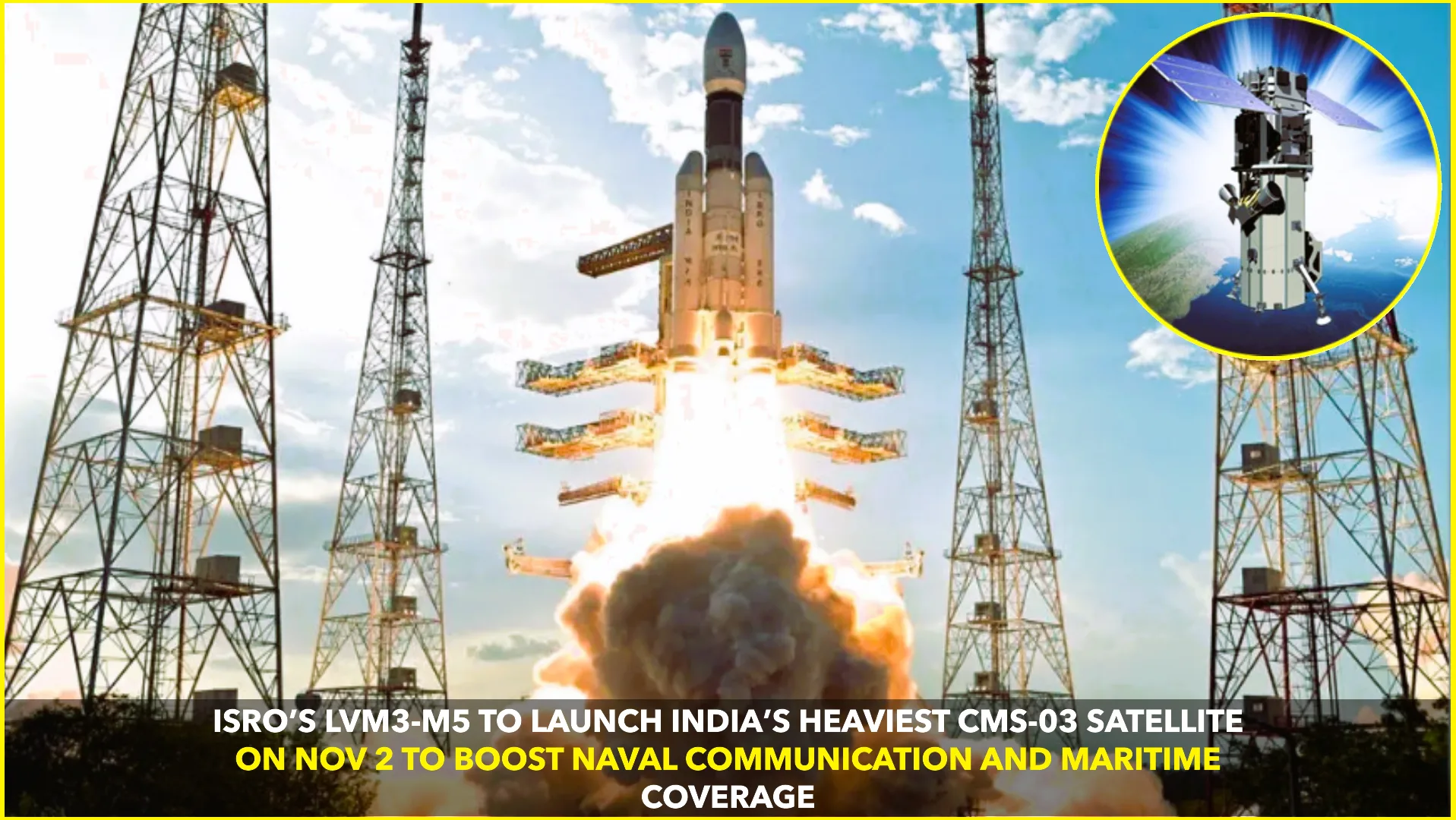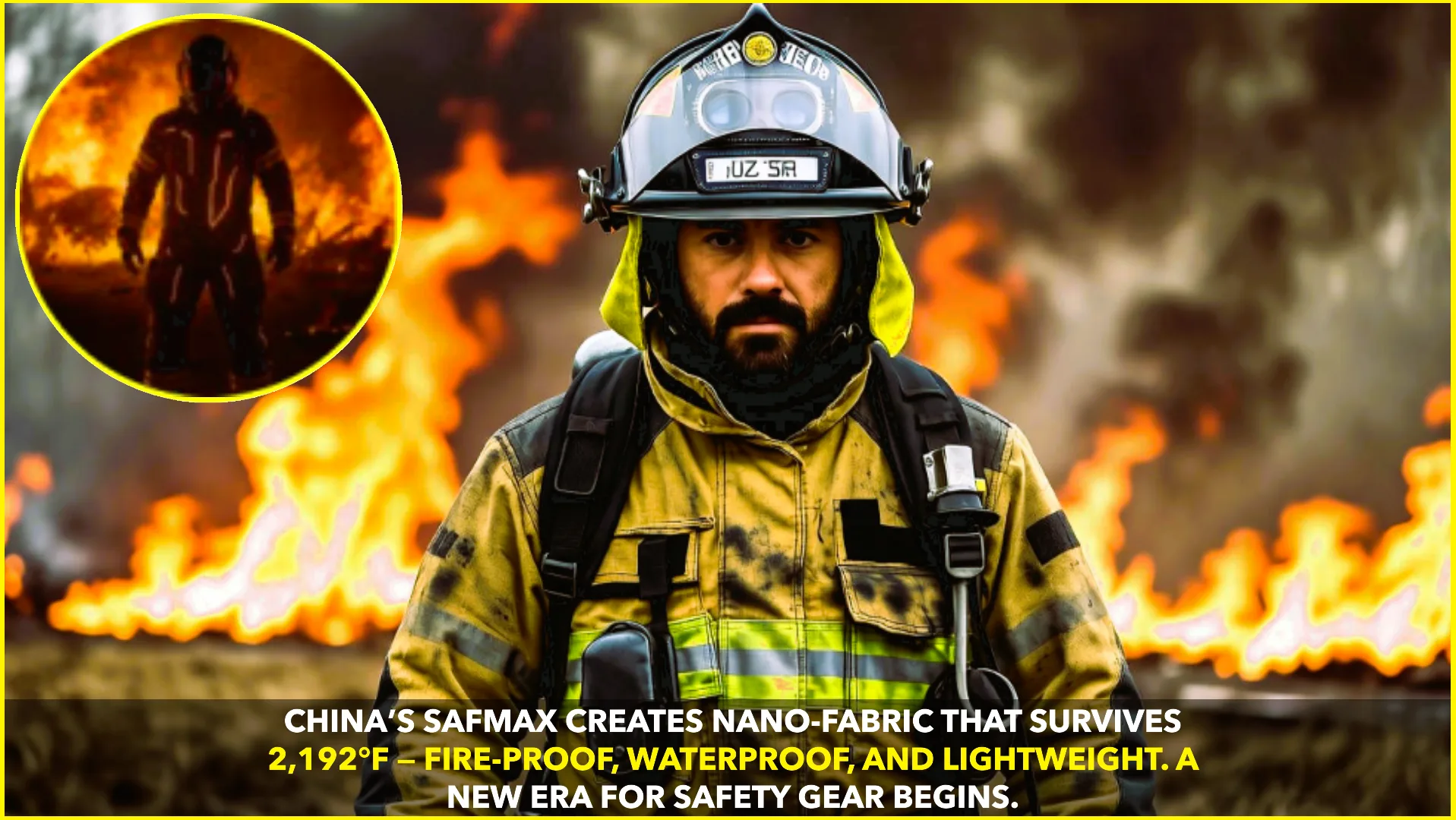During the Cold War, technological advancements in photography played a crucial role in documenting scientific breakthroughs. One such innovation was the Rapatronic camera, a highly specialized device engineered to capture the earliest moments of a nuclear explosion with unparalleled precision. Developed as part of nuclear testing programs, this groundbreaking camera provided scientists with invaluable insights into the behavior of atomic detonations.
A Revolutionary Invention in Photography
The Rapatronic camera was the brainchild of Dr. Harold Edgerton, a pioneer in high-speed photography, along with Charles Wyckoff and their team of researchers. Their primary goal was to design a camera capable of capturing the rapid initial phases of a nuclear explosion—an event that unfolds in mere microseconds. Conventional cameras of the time were incapable of documenting such fleeting phenomena, necessitating the development of a new photographic technology.
Edgerton and his team devised an innovative approach that relied on ultra-fast exposure times. The Rapatronic camera utilized a rotating mirror mechanism and an electronically controlled shutter system that could capture images at speeds as fast as one ten-millionth of a second. This remarkable speed enabled researchers to observe the formation of nuclear fireballs and the expansion of shock waves in ways that had never been possible before.
Capturing the Unseen: Nuclear Tests and Scientific Insights
The Rapatronic camera was deployed during nuclear tests conducted by the United States, particularly those carried out in the Nevada Test Site and the Pacific Proving Grounds. The device was mounted at safe distances from the explosion sites, where it was programmed to take high-speed photographs at precisely timed intervals.
One of the most famous images captured using the Rapatronic camera is the early fireball formation of nuclear explosions, displaying distinct symmetrical patterns and the effects of thermal radiation. These photographs revealed the luminous intensity, atmospheric interactions, and the formation of shock fronts in unprecedented detail. The ability to study these aspects played a crucial role in refining nuclear weapons technology, improving safety protocols, and understanding the destructive potential of atomic blasts.
The Science Behind the Rapatronic Camera
Unlike conventional cameras that rely on mechanical shutters, the Rapatronic camera employed a Kerr cell shutter system, which used polarized light and electrical pulses to create an exposure window lasting only a few microseconds. This innovation eliminated motion blur and allowed for incredibly sharp images of rapidly expanding nuclear fireballs.
Multiple Rapatronic cameras were often used simultaneously during nuclear tests, each capturing sequential moments of the explosion. By analyzing these images, scientists could determine factors such as blast wave velocity, radiation effects, and the structural integrity of test materials exposed to the explosion.
Legacy and Impact on Modern Science
Although the Rapatronic camera was developed primarily for nuclear weapons research, its influence extended beyond military applications. The advancements in high-speed photography pioneered by Edgerton and Wyckoff paved the way for further developments in scientific imaging, including studies in ballistics, fluid dynamics, and medical imaging techniques.
Today, while nuclear testing has largely been curtailed due to global non-proliferation treaties, the images captured by the Rapatronic camera remain an important part of scientific and historical records. They serve as a stark reminder of the immense power of nuclear weapons and the need for responsible scientific research.
The legacy of the Rapatronic camera underscores the intersection of technology, warfare, and scientific discovery. It stands as a testament to human ingenuity in pushing the boundaries of what is observable, providing researchers with an extraordinary window into the physics of one of the most powerful forces ever unleashed by humanity.
